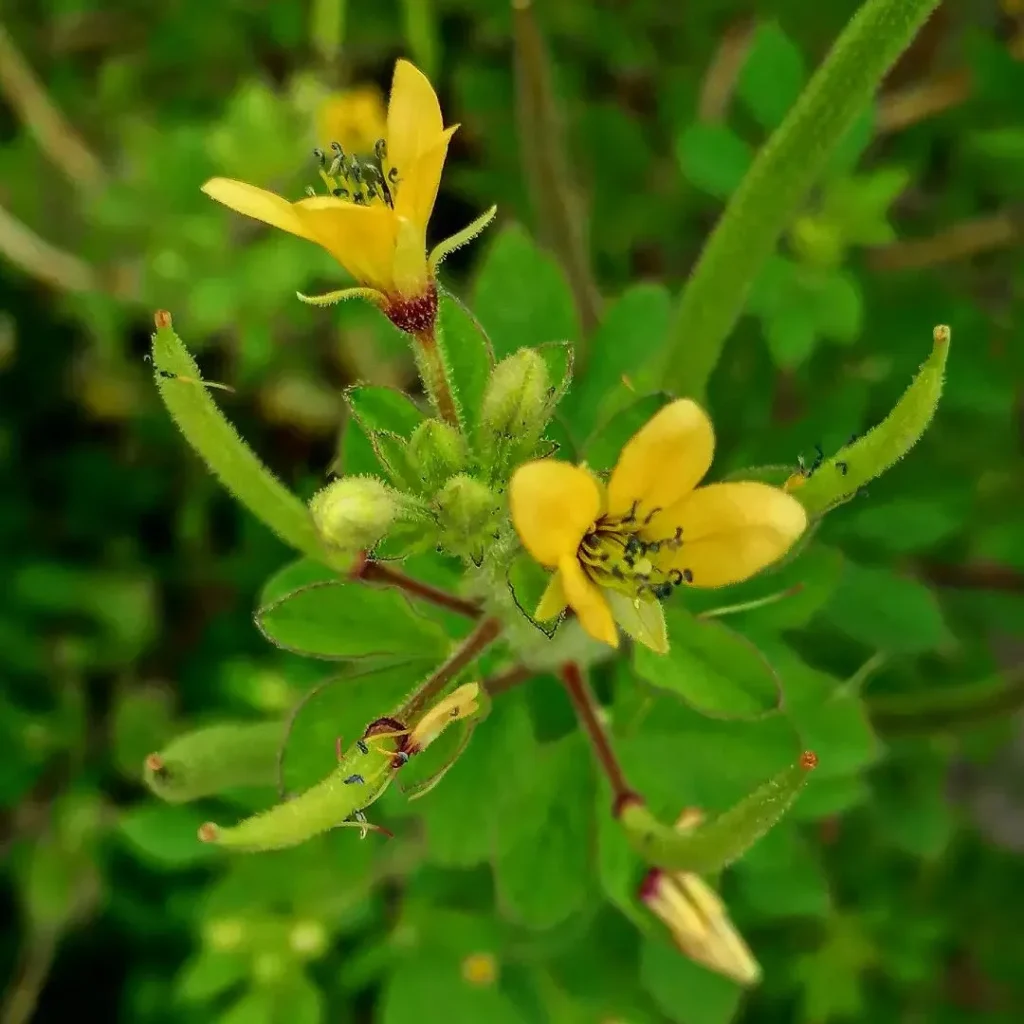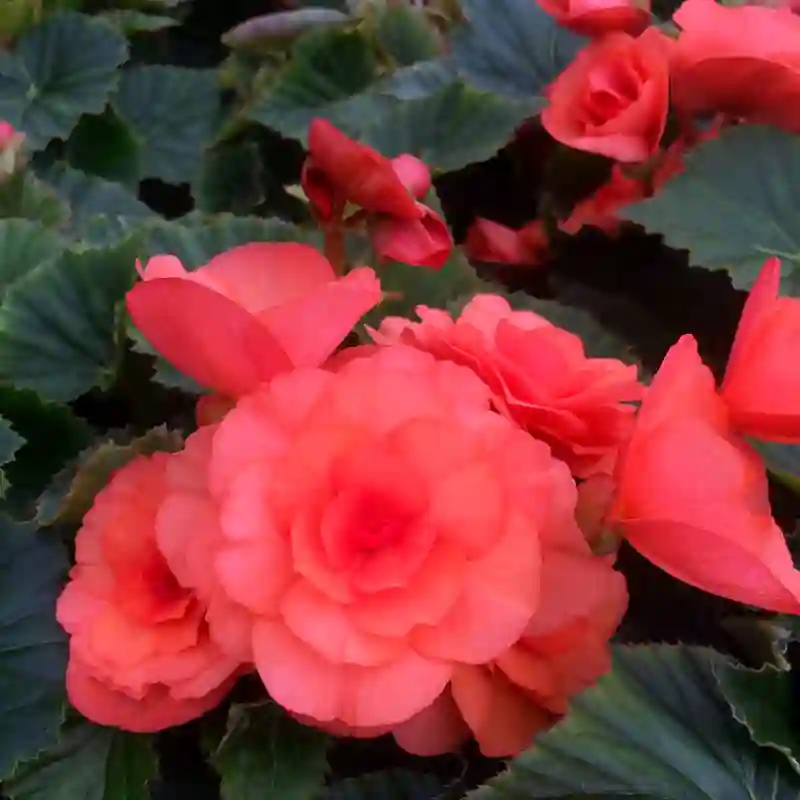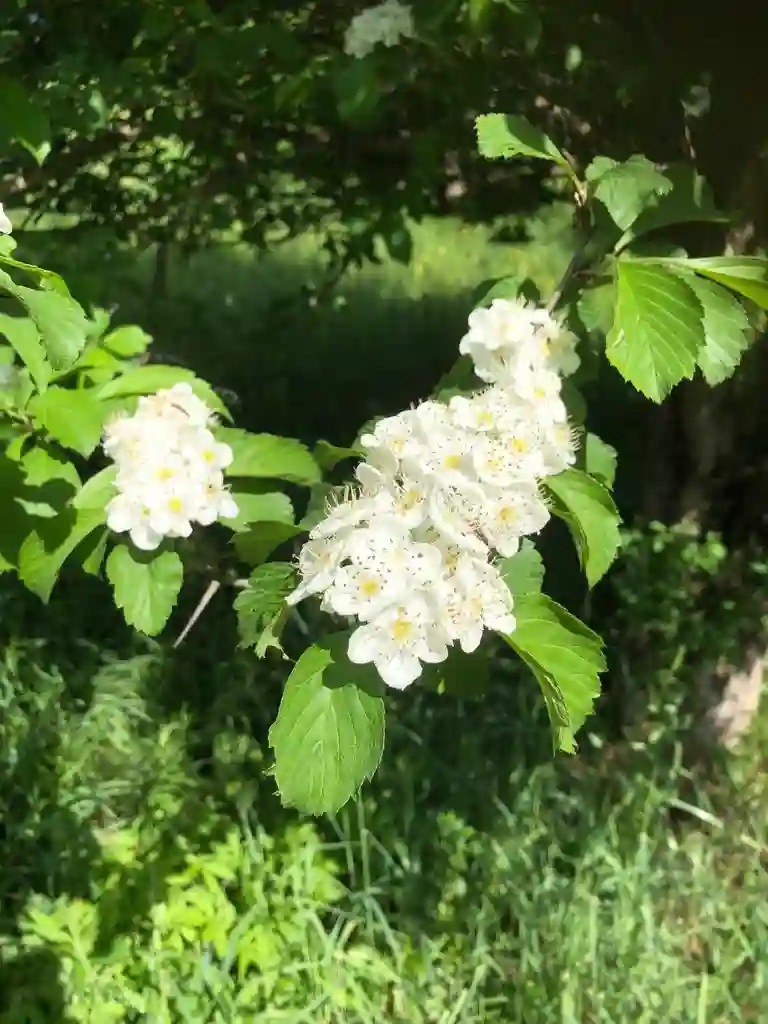My Fascination with the Espostoa Genus
I, Ferb Vu, have always been drawn to the unique beauty of cacti. Their resilience, their ability to thrive in harsh conditions, and their striking forms have always captivated me. Among my favorites is the genus Espostoa belong to the Cactaceae family, native to the Andes mountains of South America.
These majestic plants, with their towering stems and woolly coats, evoke images of ancient civilizations and lost worlds. They stand as sentinels in a landscape of dramatic contrasts, where arid deserts meet soaring peaks.
Discovering the Diversity of Espostoa
The genus Espostoa comprises around 11 recognized species, each with its own distinct characteristics. Some are covered in dense, white hairs, giving them a woolly or furry appearance, while others have more sparse hair or even appear almost bald. Some species branch profusely, creating a candelabra-like silhouette, while others remain solitary, their tall, columnar stems reaching towards the sky.
Here are species within the Espostoa genus:
- Espostoa lanata (Peruvian Old Man Cactus): Perhaps the most well-known species, E. lanata is covered in long, white hairs, giving it a distinctive “old man” appearance.
- Espostoa melanostele (Black-column Espostoa): This species is characterized by its dark, almost black stems, which contrast sharply with its white hairs.
- Espostoa senilis: Similar to E. lanata, this species has a woolly appearance, but its hairs are generally shorter and less dense.
- Espostoa blossfeldiorum (Werderm.) Buxb.
- Espostoa calva F.Ritter
- Espostoa cremnophila Hoxey
- Espostoa frutescens Madsen
- Espostoa hylaea F.Ritter
- Espostoa mirabilis F.Ritter
- Espostoa superba F.Ritter
- Espostoa utcubambensis G.J.Charles
The Allure of the Woolly Cactus
What I find particularly fascinating about Espostoa is the dense, woolly covering that many species possess. This woolly layer serves multiple purposes. It helps to protect the plant from the intense sunlight and temperature extremes of its high-altitude habitat. It also helps to reduce water loss, which is essential for survival in arid environments. And, in some cases, it may even play a role in attracting pollinators.
The texture of this woolly covering is unlike anything else I’ve encountered in the plant world. It’s soft and almost cotton-like, inviting you to touch it. But beware, hidden beneath this soft exterior are sharp spines that can give you a painful surprise.
Espostoa in its Natural Habitat
In their natural habitat, Espostoa cacti are a vital part of the Andean ecosystem. They provide food and shelter for a variety of animals, including birds, bats, and insects. Their fruits, which are fleshy and often brightly colored, are an important food source for many species.
Sadly, some Espostoa species are threatened by habitat loss and over-collection. As human populations expand and agricultural activities encroach upon their natural habitat, these cacti are facing an uncertain future.
Cultivating Espostoa: A Rewarding Challenge
Growing Espostoa cacti can be a rewarding experience, but it requires patience and attention to detail. These cacti are adapted to arid conditions and are susceptible to overwatering. They also require well-draining soil and plenty of sunlight.
Despite these challenges, I find cultivating Espostoa to be a deeply satisfying endeavor. Watching these slow-growing plants thrive under my care brings me a sense of connection to the natural world and to the ancient cultures that revered these cacti.
The Enduring Appeal of Espostoa
The Espostoa genus holds a special place in my heart. These cacti, with their unique beauty and resilience, embody the spirit of the Andes mountains. They are a reminder of the power of nature to adapt and thrive in even the most challenging environments.
As I continue to explore the world of cacti, I am confident that my fascination with Espostoa will only deepen. These remarkable plants have much to teach us about resilience, adaptation, and the interconnectedness of life.
If i die, water my plants!



